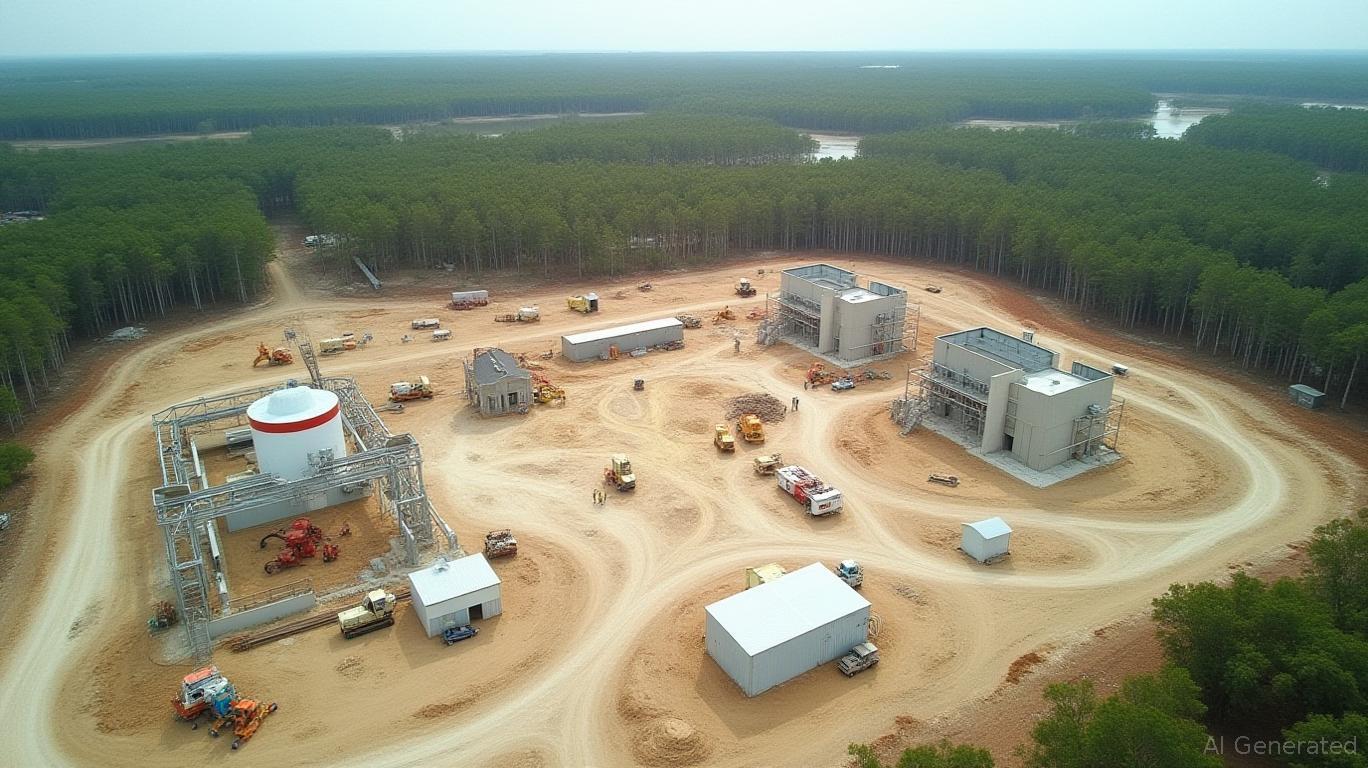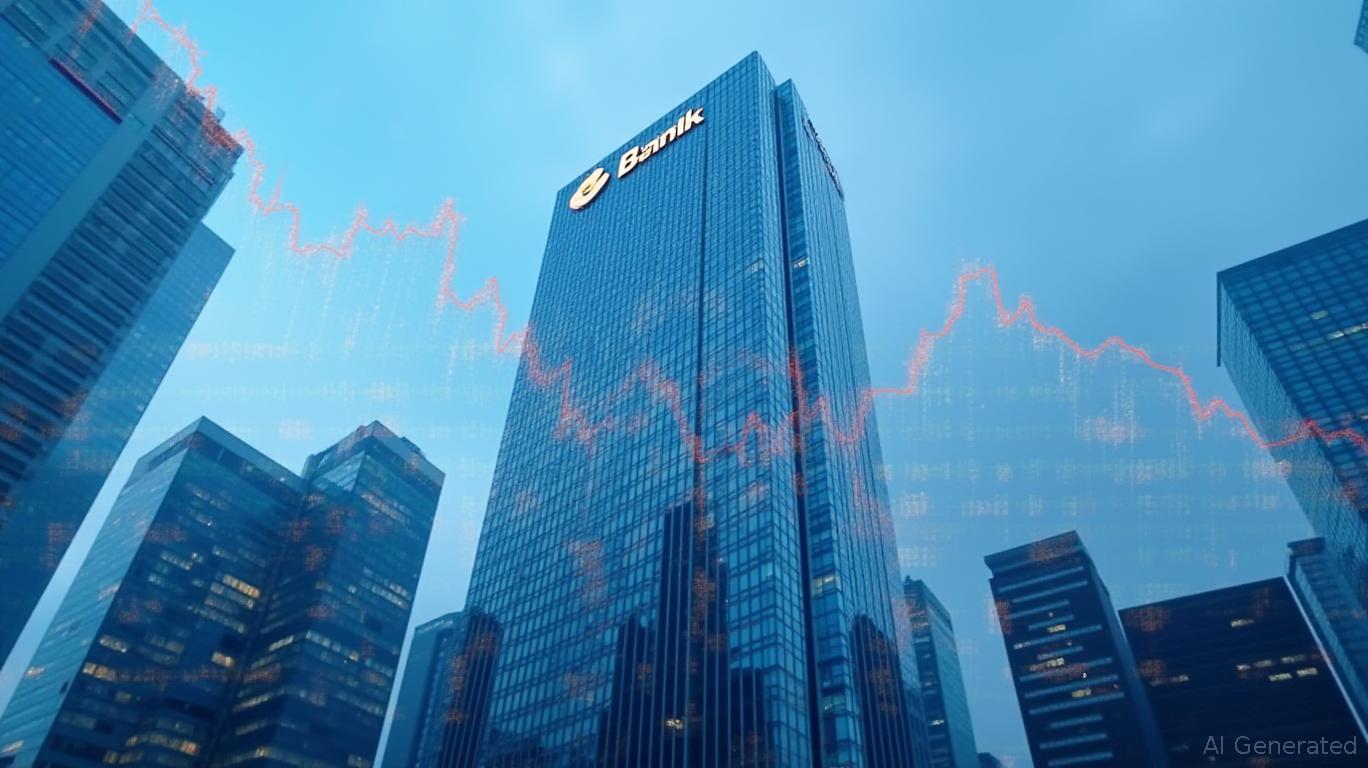Warning: PEG Faces Elevated Risks in a Frothy Market
In early 2025, Public Service Enterprise Group (PSEG, NYSE: PEG) reported strong first-quarter results, with net income rising 11% year-over-year to $589 million and non-GAAP operating earnings hitting $1.43 per share. These figures, bolstered by robust nuclear output and regulated utility revenue growth, suggest operational resilience. However, beneath the surface, risks loom large for this utility giant. As broader market valuations reach precarious heights and structural headwinds emerge, PEG’s exposure to interest rate sensitivity, regulatory uncertainty, and a concentration-driven market environment could undermine its performance in the coming quarters.

The Market’s Overvaluation Problem: P/E Ratios at a Tipping Point
The S&P 500’s trailing P/E ratio of 26.1 as of March 2025 is 63% above its historical average of 16.0, while its cyclically adjusted P/E10 sits at 34.7—near levels last seen during the 2000 tech bubble. This overvaluation is fueled by the “Goldilocks” conditions of 2024: low inflation and Fed rate cuts allowed P/E ratios to expand even as earnings growth slowed. For PSEG, which trades at a P/E of 16.8 (based on its March 31, 2025, stock price of $82.30 and trailing earnings of $4.90 per share), the risk lies in whether its regulated utility growth can justify this multiple in a tightening environment.
Utilities like PSEG are inherently sensitive to interest rates. While the Fed’s pivot to easing in late 2023 provided a tailwind, the text highlights lingering inflation risks—such as higher lows in the CPI—and potential policy shifts under the Trump administration. If rates rise again, PSEG’s dividend yield of 4.1% (a 5% increase from 2024) may struggle to compete with higher-yielding bonds, pressuring its valuation.
Structural Risks: Growth Dependency and Regulatory Uncertainty
PSEG’s recent performance hinges on its regulated utility investments and nuclear operations. Over $3 billion in regulated capital spending supports infrastructure upgrades, but such projects rely on regulatory approvals and rate base growth. The company’s Clean Energy Future Phase II program, for example, faces uncertainties around state-level permitting and federal climate policies. Meanwhile, the broader market’s reliance on “megagrowth” tech stocks—such as the “Magnificent 7” (Apple, Amazon, etc.)—has created a narrow leadership dynamic. If tech valuations correct, capital could flee to safer havens, but utilities like PSEG may face downward pressure as well due to their low beta and reliance on stagnant regulated returns.
The Fragile Equilibrium of PEG’s Valuation
PSEG’s 2025 strategy assumes continued demand for its regulated services and stable nuclear output. However, its 99.9% capacity factor at nuclear plants masks risks from rising uranium fuel costs and potential delays in relicensing. Additionally, the text notes that PSEG’s customer growth—6,400 MW in new service requests—could strain its ability to manage distribution costs. If these new customers do not materialize, or if regulators cap rate hikes, PSEG’s earnings growth could stall, undermining its P/E sustainability.
Conclusion: PEG’s Downside Risks Outweigh Near-Term Optimism
While PSEG’s Q1 2025 results are strong, the broader market’s elevated valuations and structural vulnerabilities suggest caution. With the S&P 500’s P/E at a 90th percentile historical level, a correction could disproportionately impact utilities like PSEG, which lack the growth profiles of tech leaders. Key risks include:
1. Interest Rate Sensitivity: A Fed rate hike or bond yield rise could erode PSEG’s dividend appeal.
2. Regulatory Lag: Permitting delays for clean energy projects could slow capital productivity.
3. Market Rotation: If the “Magnificent 7” lose momentum, capital may retreat from all high-P/E sectors, including utilities.
The data is clear: PSEG’s P/E of 16.8 is already above its five-year average of 14.5, and its 4.1% dividend yield—while attractive—is 30 basis points below its 2020 peak. Investors should demand a margin of safety here. In a market where overvaluation and policy risks are mounting, PSEG’s stable but uninspiring growth profile makes it a prime candidate for underperformance if the cycle turns.
In short, PEG’s recent results mask systemic risks that could unravel its valuation in 2025. Prudent investors would temper enthusiasm with hedging strategies or a wait-and-see approach until macro uncertainties subside.

_d6548da11749819995064.jpeg)








